Every year, overtwo millionhigh school graduates start college. This is a proud moment for many. These students are entering adulthood and taking the next step in their life. The risk of suicide may be the furthest thing from their minds, yet it is a growing reality on college campuses. In fact, it is now thesecond leading cause of deathamong people aged 10-43 in the U.S.
Some of the attributes that may indicate risk include having a mental illness or substance use disorder. A2018 studyfound that at any time within the last 12 months, 41% of students felt so depressed that it was difficult to function and 62% felt overwhelming anxiety. It is also estimated thatone in fivecollege students has a substance use disorder.Additional risk factors include relationship problems, a crisis in the past two weeks, physical health problems, legal troubles, loss of housing and financial challenges.
Fortunately, there are actions that families, students and colleges can take to lower the risk of suicide.
What Families Can Do
The signs of depression in youth may resemble typicalteenage angst. If family members have a feeling that something might be wrong, they should address any concerns as soon as possible. This will increase the likelihood of early recognition and diagnosis of an issue andimprove treatment outcomes.
Families should also encourage teens and young adults to talk about any mental health challenges they are experiencing, including and especially suicidal behavior, with a counselor, family member or trusted adults. Families can let loved ones know that they would be supportive and receptive to discussing these more intimate and troubling concerns, and can help them get treatment. Fear of overreaction or misunderstanding is a key reason why some students may be reluctant to speak to families.
For young adults starting college who have a pre-existing mental health condition, they should create a collegetransition plan, including treatment continuity when on campus. Having a plan can better prepare students for the additional mental health stressors they may encounter in college.
It might also help for parents and families to maintain contact with the campus counseling center. Family members can provide helpful information on any relevant history that might evidence a suicide risk. However,privacy rulesprevent counselors from sharing a student’s treatment history with family.ObtainingHIPAAandFERPAwaivers from your loved one, preferably at the start of the school year, may allow parents and family members to access important information to help support their loved one.
More generally, families can model and talk to their young adult about the importance of self-care, and where to go on campus for emotional or academic support. Parents can connect with other parents via parent portals, parent councils, Facebook groups and online forums such asForLikeMindsto discuss ways to get involved. And they can advocate for resources and programming on their student’s campus that address mental health.
What Students Can Do
Students are in a unique position to take control, advocate and watch out for their mental health and the mental health of their peers. Learning how to recognize the warning signs of mental health issues and how to help, including how to talk to peers, practice self-care, manage emotions, access help and learn how to be a better support for others are all ways students can have a positive impact.
Talking is critical. This is especially important if a student notices or has a gut feeling that another student is struggling. It is also more likely that a student will report emotional distress and suicidal ideation to another student rather than to an older adult. The JED Foundation has helpful videos to guide students through the conversation, called theSeize the Awkwardcampaign. On-campus student mental health groups may also be a good resource, such as NAMI on Campus. Students can also advocate for resources and programming on their campus.
Practicing self-care is critically important to stress management. This includes: engaging in social activities with good friends, having appropriate “me time,” getting enough sleep and physical activity and seeking help when needed.
What Colleges Can Do
Colleges and universities have a unique opportunity to promote student mental health. JED’s
“Comprehensive Approach to Mental Health Promotion and Suicide Prevention for Colleges and Universities” describes what a college can do to help foster a mental health safety net for students.
Identify students at risk: It is important to identify students with mental health concerns, alcohol and other drug abuse problems, and any other students who are at risk for suicide before they are in crisis. This includes supporting the transition to college for incoming students with mental health histories, providing robust screening opportunities at diverse touch points in the student experience and training campus community members to identify, reach out to and refer students at risk.
Promote social connectedness: Research has shown that supportive social relationships and feeling connected to campus, family and friends are protective factors that can help lower suicide risk. This area includes core objectives aimed at promoting inclusiveness on campus: identifying and reaching out to disconnected and isolated students and supporting connectedness among traditionally marginalized or higher-risk student groups.
Increase help-seeking behavior: Ideally, students will be comfortable with and knowledgeable about asking for help. However, it’s important to promote help-seeking by reducing the burden of stigma associated with mental health problems and increasing access to mental health resources and support.
Provide substance abuse and mental health services: Providing adequate, on-site access to mental health prevention support and direct services is the backbone of a college mental health system. On-campus services should include basic primary care and mental health and crisis support.
Follow crisis management procedures: Crisis management includes access to immediate emergency services on campus or in the community and local or national crisis resources, as well as policies that protect and support students during a time of crisis. Additionally, there should be an appropriate institutional response to student suicide, death or other emergency.
Develop life skills: Supporting life skills education is a valuable strategy for helping students cope with life’s stressors, make wise lifestyle choices, foster resilience and achieve academic success. This area includes promotion of emotional and interpersonal awareness and education about the links between emotional and physical wellness, and how they impact academic success.
Many families have experienced the tragedy of a loved one’s loss at a time when they were filled with promise. We may never know what led these students to die by suicide, but that cannot hold us back from trying to prevent these tragedies. We need to acknowledge and address this growing problem. In fact, we must all work together — families, students, colleges and our society — to find answers and solutions.
JEDis a nonprofit that exists to protect emotional health and prevent suicide for our nation’s teens and young adults. They partner with high schools and colleges to strengthen their mental health, substance misuse and suicide prevention programming and systems. They equip teens and young adults with the skills and support to grow into healthy, thriving adults; and they encourage community awareness, understanding and action for young adult mental health.
John MacPhee, BA, MBA, MPH is the executive director and CEO of JED. He is passionate about supporting young adults in their transition to adulthood. John advises several organizations including the S. Jay Levy Fellowship for Future Leaders at City College, Trek Medics, Crisis Text Line, the Health Policy and Management Department at the Mailman School of Public Health, and HIV Hero.John received The Allan Rosenfield Alumni Award for Excellence in the field of public health from the Joseph L. Mailman School of Public Health at Columbia University.
Katherine Ponte is a mental health advocate, writer and entrepreneur. She isthe founder ofForLikeMinds, the first online peer-based support community dedicated to people living with or supporting someone with mental illness, andBipolar Thriving, a recovery coaching service for caregivers and their loved ones affected by bipolar disorder. She is also the creator of thePsych Ward Greeting Cardsprogram in which she personally shares her recovery experiences and distributes donated greeting cards to patients in psychiatric units.She is inrecoveryfrom severe bipolar I disorder with psychosis. She is also on the board of NAMI New York City.
We’re always accepting submissions to the NAMI Blog! We feature the latest research, stories of recovery, ways to end stigma and strategies for living well with mental illness.Most importantly: We feature your voices.
Check out our Submission Guidelines for more information.


